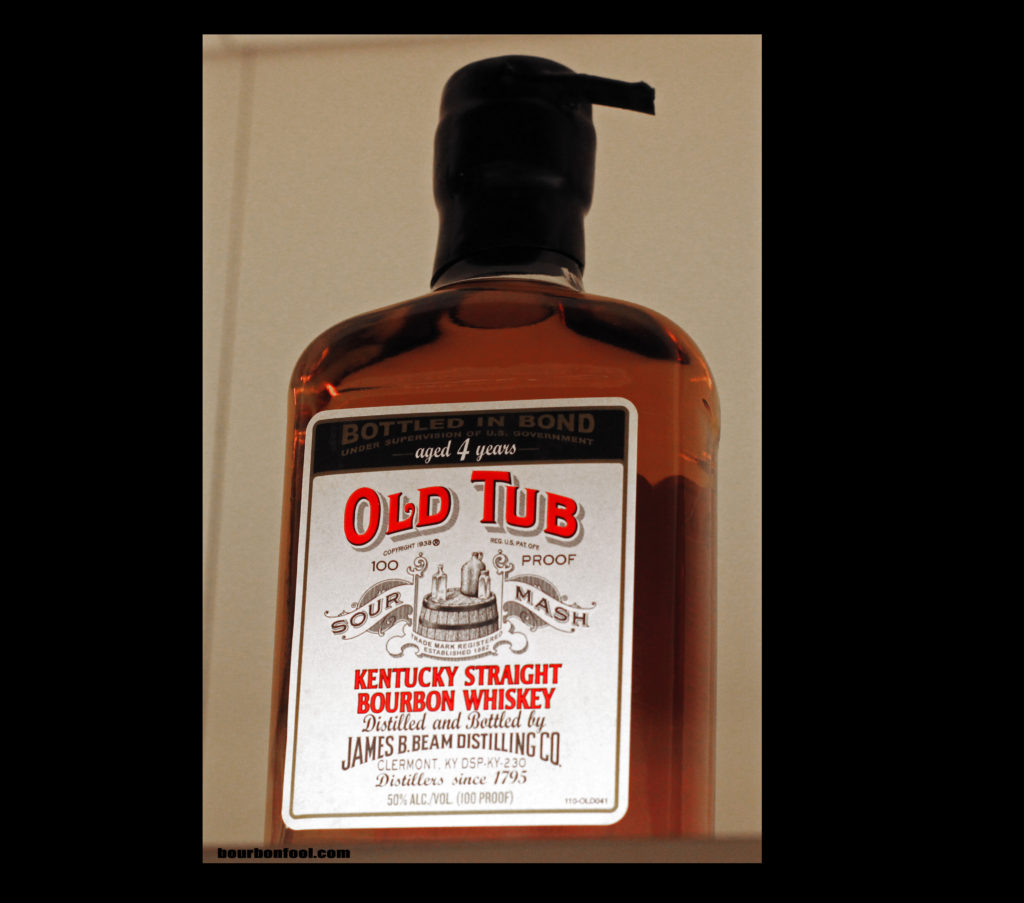In 1909, President William Howard Taft defines whiskey as we know it today. This decision is one of the important milestones that changed the industry.
The Bottled-in-Bond Act of 1897 was arguably the first law protecting the consumer from imitation whiskey created by rectifiers. In today’s regulated world it is hard to imagine that you could easily be sold whiskey that had additives from caramelized sugar to prunes. These additives were some of the better ingredients used which also could include chemicals such as iodine and acid and would also include tobacco juice. I find it interesting that the government regulated spirits a full nine years before they protected the food and drug supply of the country.
After the passing of the Pure Food and Drug Act of 1906, the so-called whiskey war between the rectifiers and distillers increased. Under the terms of the act, rectifiers were unable to use the word whiskey without also calling it imitation or blended. The act also barred them from using the word bourbon. This rancor triggered long-lasting hearings and debates within the United States Congress.
Finally, in 1909 President William Howard Taft issued the “Taft Decision.” After months of research and study, rectified spirits would be called blended whiskey and the traditional unaltered product would be called straight whiskey. Both groups had an equal right to use the term whiskey as they complied with the additional rules.
Blended whiskeys were very popular after prohibition and right after World War II. This trend was a reflection of the scarce supplies of straight whiskey. When straight whiskey became readily available again, the sales shifted. A successful example of a blended whiskey would be Seagrams Seven, Canadian Mist, Jameson Irish, and Kessler. Seagrams Seven continues to be a market leader today.

Whiskey is considered straight whiskey when it has aged for at least two years in a new charred container that is most often a barrel. Any straight whiskey less than four years old is required to have an actual age statement.